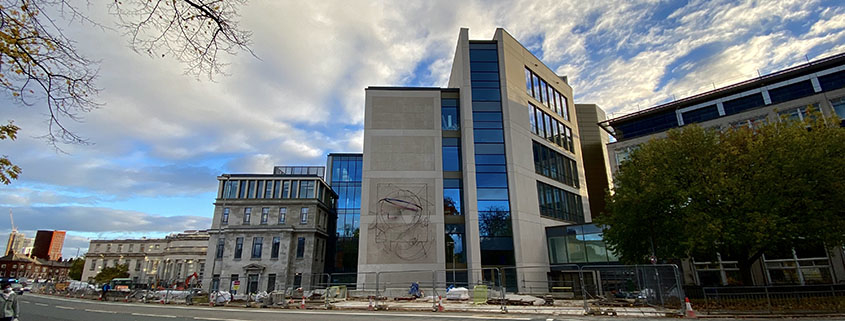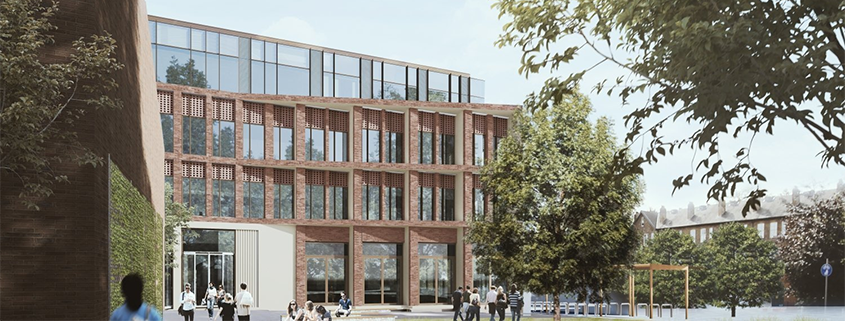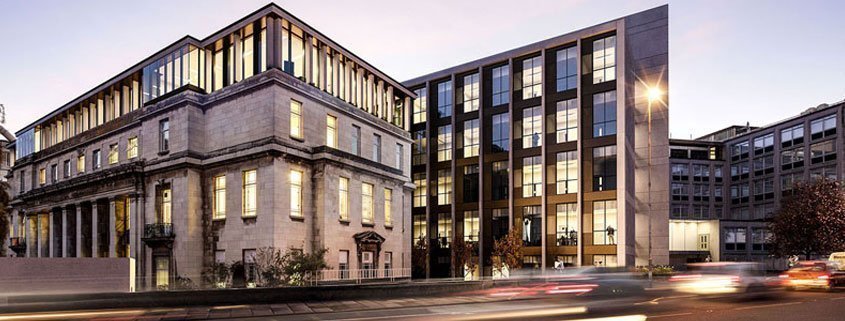Major milestones in sight for 2021
Last updated on 25 October 2023
Here at Campus Developments, the team are beginning to gear up for Spring 2021 celebrations that will take place to mark major capital development milestones at the Faculty of Biological Sciences and the Sir William Henry Bragg Building.
Over the last few months, and despite the difficulties that have arisen from the pandemic, we have worked hard with our construction partners to keep our key capital development projects moving. The finishing line for the FBS Refurbishment project is starting to come into sight with work by the Contractor Overbury due to finish at the end of February 2021. The investment and improvements will continue driving forward the growth of research income and create a new flexible model for open laboratory and office environments, facilitating collaborative working. Find out more about the latest progress that has been taking place.
Meanwhile, over at the Sir William Henry Bragg Building the BAM contractor team are looking ahead to completing full construction works in February next year. They are currently concluding all the majority of physical works, finalising external landscaping work and completing commissioning activities. The new 15,700m2 building will enable the integration of the University disciplines of Engineering, Physics and Astronomy, and Computing along with the provision of critical central teaching and social interaction spaces.
Online tours of both projects will be showcased in the Spring and we hope these will be followed by in-person building tours for large numbers of staff once it is safe to do so.



































